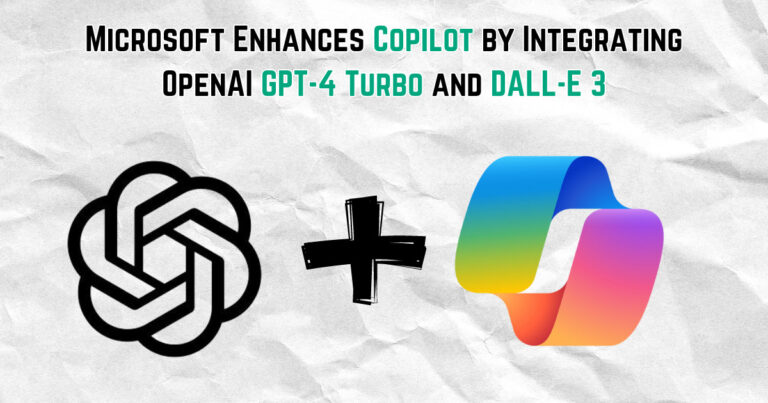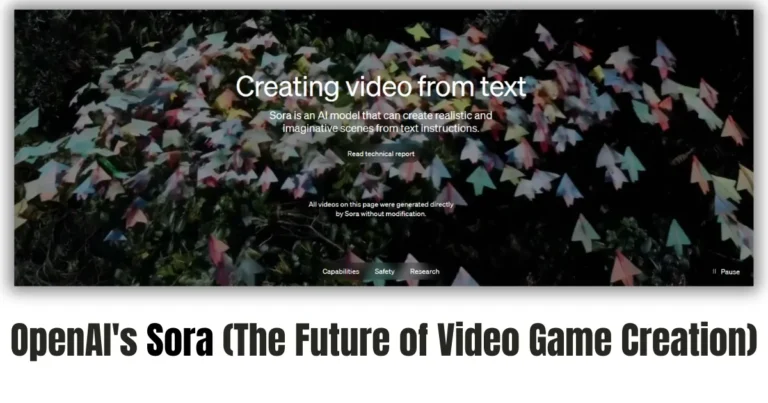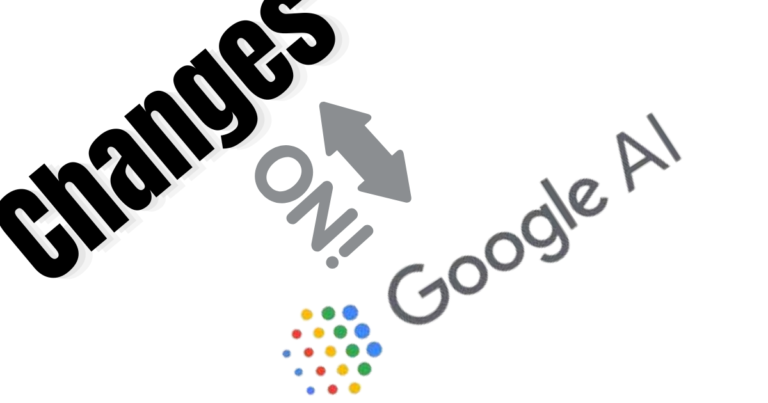Can AI Create Art? (Explained)

Absolutely, AI can create art. With advancements in technology, artificial intelligence has become capable of generating artwork that is both creative and thought-provoking. This fascinating interplay of technology and creativity opens new horizons in the world of art.
The question of whether AI can create art has intrigued both tech enthusiasts and art connoisseurs alike. With the integration of artificial intelligence in various fields, its foray into the realm of art has sparked a revolutionary dialogue about creativity and machine intelligence. The simple answer is yes, AI can and is creating art.
AI in Art Creation
AI creates art through algorithms known as neural networks, which are designed to mimic the human brain’s functioning.
These algorithms process large amounts of data, learn patterns and styles, and then use this learning to create something new. The process can be seen as a form of ‘collaboration’ between human input and machine processing.
Methods and Technologies
Generative Adversarial Networks (GANs): One of the key technologies in AI art is GANs. These involve two neural networks – a generator and a discriminator – working against each other to improve the quality of the output, leading to highly detailed and realistic images.
Deep Learning and Neural Networks: These are used to analyze thousands of artworks, learning from various styles and elements. The AI then applies this learning to create original pieces.
Examples of AI in Art
Google’s DeepDream: A program that transforms images using algorithmic pareidolia, making the AI interpret and alter images to include dream-like, often surreal elements.
The Next Rembrandt Project: A project where a computer was fed data from Rembrandt’s paintings and generated a new, original work in the style of the Dutch master.
AI and Creativity
A important debate in the world of AI art revolves around the notion of creativity and authorship. Can a machine be truly creative, or is it merely mimicking patterns it has learned? This debate touches on deeper philosophical questions about the nature of art and creativity.
Looking forward, the potential of AI in art is vast. AI could become a tool for artists to explore new realms of creativity, pushing the boundaries of traditional art. It might also democratize art creation, making it more accessible to those without formal training.
AI’s role in art creation is undeniable and growing. While it challenges traditional notions of creativity, it also opens up a world of possibilities for exploration and innovation in art. As AI continues to evolve, so too will its contributions to the world of art, blending technology and creativity in ways we are just beginning to understand






